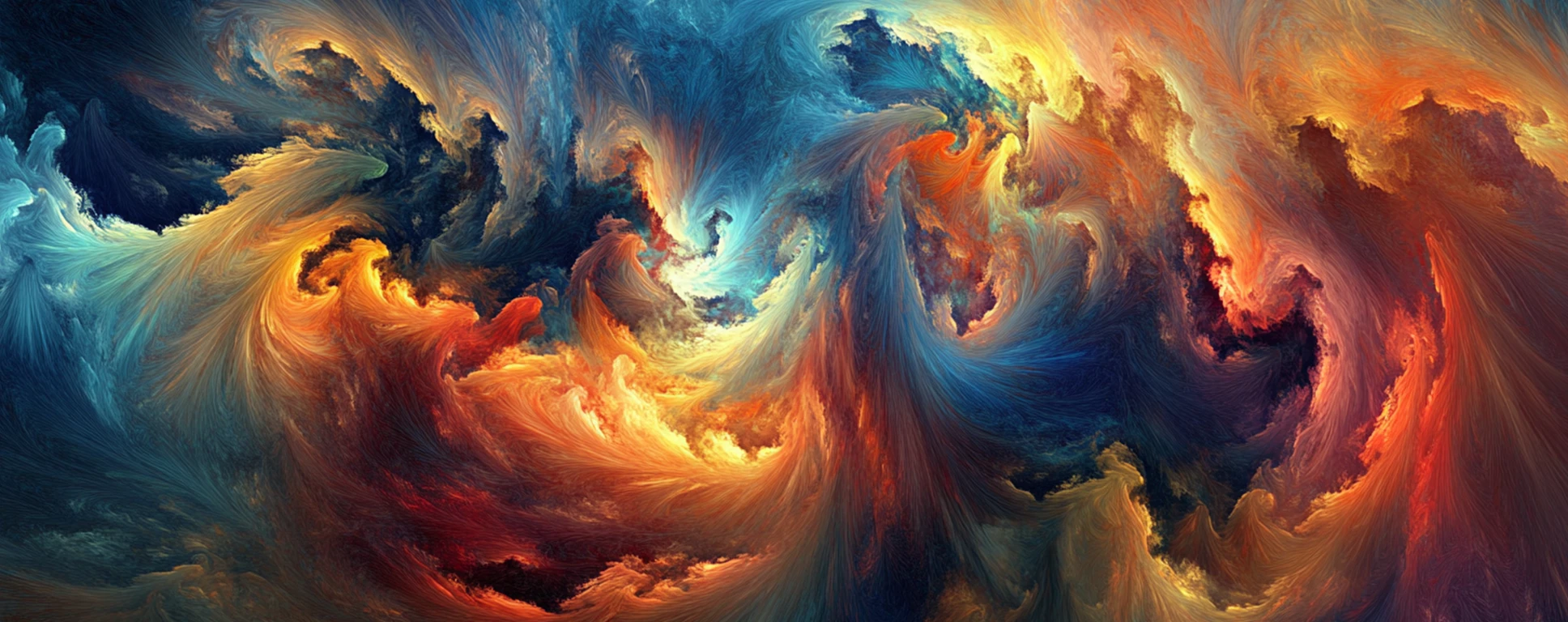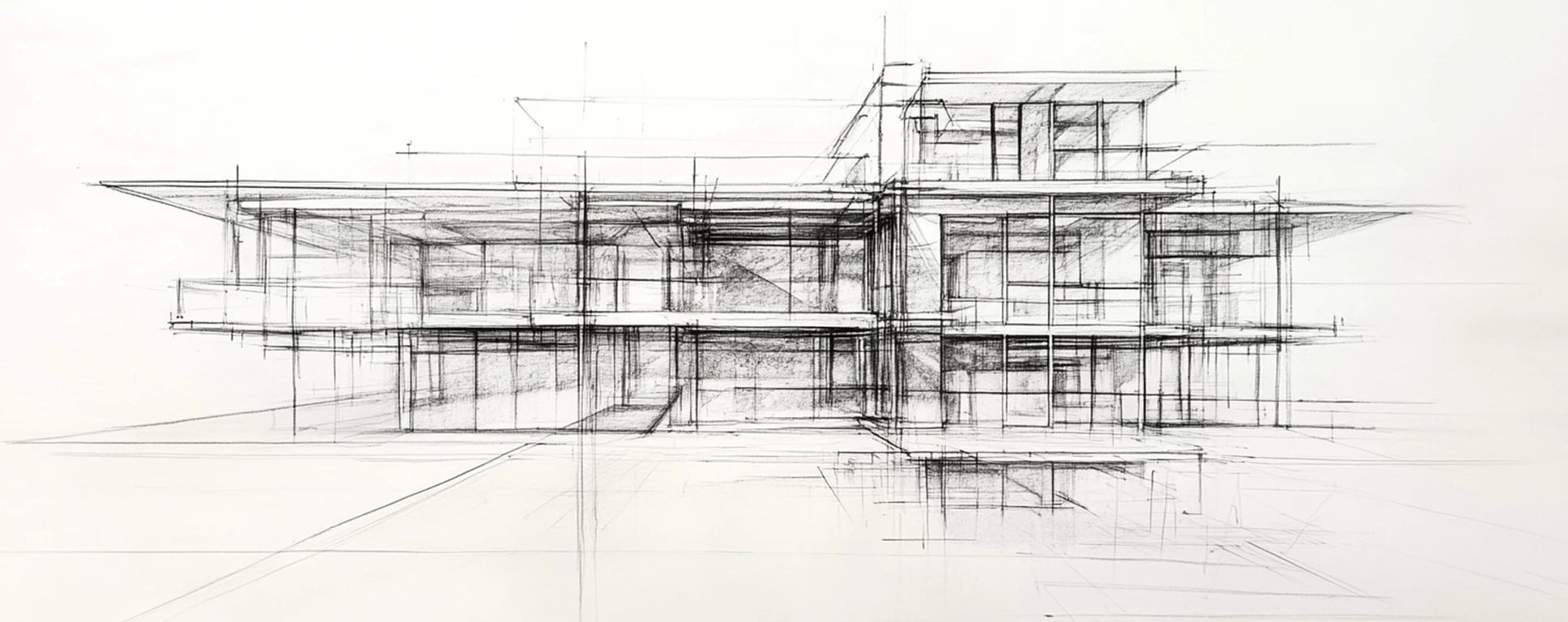
Visual Language: On Images (11)
Course Code
ARTV 10100 11
Course Description
Through studio work and critical discussions on 2D form, this course is designed to reveal the conventions of images and image-making. Basic formal elements and principles of art are presented, but they are also put into practice to reveal perennial issues in a visual field. Form is studied as a means to communicate content.
Topics as varied as, but not limited to, illusion, analogy, metaphor, time and memory, nature and culture, abstraction, the role of the author, and universal systems can be illuminated through these primary investigations.
Students must attend the first two class sessions to confirm enrollment.
Course Criteria
This section (11) runs for three weeks and focuses on painting and drawing. This section is NOT eligible for the DOVA waitlist. If this course is full, please go here to request a spot on the course waitlist. ARTV 10100, 10200, 10300 meet the arts core requirement and may be taken in any order. This course fulfills the general education requirement in musical, visual and dramatic arts. Enrollment is limited to 16. Cultural field trips and art-viewing excursions on campus and around the broader city of Chicago will inform studio work and critical discourse around two-dimensional art. Key principles and practices of art and design will be presented as models, as will methods and materials of the studio. This will occur through a combination of slide lectures and in-person encounters with artwork at museums, galleries, artists’ studios and public spaces. Principles will be put into practice in the studio, studying visual form as a means for communication, self-expression and cultural critique. Topics as varied as illusion, analogy, metaphor, memory, nature and culture, abstraction, the role of the author, and structural systems will be illuminated through studio projects. Visits to museums and other city-wide outings will be required, as are participation in studio exercises, presentation of creative work and group discussions This course fulfills the general education requirement in musical, visual and dramatic arts. Enrollment is limited to 16.
Instructor(s)
Scott Wolniak
Other Courses to Consider
These courses might also be of interest.
 Drawing and the Making of Architecture
Drawing and the Making of ArchitectureThis course focuses on the practice of drawing in the making of architecture. It explores the act of tracing lines on a surface as the foundation of design: a word that evokes through its own origins the very moment of architectural invention. As the most direct expression of the architect’s ideas and an operative form of non-verbal thinking, the physical response of the hand to media contributes crucially to the creative process.
This intensive studio experience will offer an unmediated encounter with a range of techniques: we will test different tools and conventions to understand the interaction throughout history between drawing’s materiality and design practice. Parallel to this, we will discuss a wide selection of readings critically, thus reconstructing the evolving theory of representation in architectural writings and the relevance of graphic expression to both theorists and practitioners.
Ultimately, the course will introduce students to norms and conventions of technical drawing by revealing a primary tool in the production of architecture from the point of view of its makers.
Residential